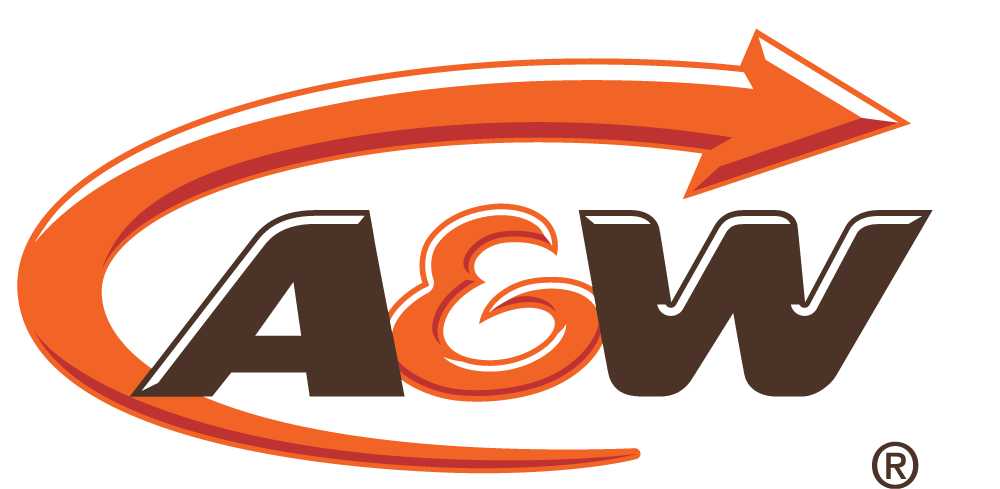Partnerships defined the early growth of the burger brand. Can its partnerships drive its franchise future?
By Jordan Whitehouse
As the old saying goes, the more things change, the more they stay the same.
A lot has changed at A&W since its first Canadian restaurant opened in Winnipeg, Manitoba, in 1956. Its mascot, The Great Root Bear, has been retired, for instance. So has the famous “ba-dum, ba-dum” theme song. In their place, mobile ordering has taken off, as has business in general—there are now more than 1,000 restaurants across the country today.
And yet, through these changes—and many others—much has stayed the same at A&W. Take the retro, brown and orange palette. Or the classic burger family lineup with sides of onion rings and root beers. Or, as 23-year franchisee vet Steven Will sees it, the old-school way A&W has always tried to work with franchisees.
“A lot of companies have statements about how they work together, but it really lives and breathes at A&W,” says Will, who now has 16 restaurants throughout southwestern Ontario. “That’s one of the most special things about A&W. If I have feedback, I know I’ll be listened to and that I have this open and honest relationship with them.”
Ryan Picklyk, the company’s senior director of strategic partnerships and franchising, says it’s exactly those kinds of relationships that led to A&W’s 70-year presence in Canada. “If you look at anything that we’ve been really successful at, it’s come through really strong partnerships—and that’s with franchisees, but also within our corporate team and with our supplier partners. We always do best when we’ve got our vision on something that brings success for all members of the group.”
That doesn’t mean partnership is always easy, say Picklyk and Will, especially when economic challenges like pandemics and inflations are raging. But as A&W eyes new growth across Canada, particularly in Ontario, both say that good old-fashioned collaboration will be key to getting the future right.
Roots of a franchise
A&W’s origins go back to 1919, when Roy W. Allen set up a roadside root beer stand at a parade honouring returning World War I veterans in Lodi, California. Three years later, Allen’s employee Frank Wright partnered with him and the two launched their first Allen & Wright restaurant in Sacramento, California.
The first Canadian A&W location opened in 1956 in the Kirkfield Park neighbourhood of Winnipeg. Back then, the restaurants were drive-in only, and carhops would serve patrons in their cars. By the early 1980s, however, eating in one’s vehicle became a thing of the past, and A&W had to look elsewhere for growth. The company found success in the shopping mall boom sweeping the country. For the next decade-plus, A&W focused on expanding into food courts and quickly boosted its numbers across Canada.
Around the late 1990s, the company pivoted again to concentrate on developing freestanding restaurants with drive-thrus, and by 2010, A&W began building out its urban business in particular. This meant more restaurants in downtown cores and near commuter hubs, says Picklyk. “These kinds of choices are always driven by what we’re seeing in terms of Canadians’ needs, and we saw a real push for growth in large city centres. People were moving to the cities—especially younger millennials—and so A&W needed to meet them there.”
Now consumers need A&W to meet them on their phones, which is why the company has been focusing on third-party delivery and developing its own app since before the pandemic. Still, the pandemic “threw an accelerant” on the digital push, says Picklyk, which hasn’t made the transition easy.
But really, he adds, the biggest pandemic challenge was the inability of franchisees and the corporate team to get together. “We’ve always done a really good job of working together in person, and so neutralizing that was tough. But now we’re taking steps to get back there, whether it’s our senior team spending more time out with franchisees in the restaurants, planning regional conventions, or just finding more opportunities to connect with franchisees where the business happens.”
Back to school
For Will, the most satisfying part of being an A&W franchisee has been participating in the company’s evolution and growth. He has been with the company since 1990, which was also around the time he graduated from McMaster University with a degree in applied math and theoretical physics.
Like a lot of recent grads, Will didn’t know what he wanted to do after university, but he had started his own business while at McMaster that set up and sold computer systems for small businesses. One of his clients was an A&W franchisee, who told him about an A&W food court location opening in Burlington, Ontario, that needed a franchisee. ‘Well, let’s try it,’ thought Will.
“I didn’t have a restaurant background, so the idea of a franchise giving me that additional security blanket really appealed to me,” says Will. “I also really loved the food—and still do—and I think that’s really important. You’ve got to love what you do and be proud of what you do.”
It also helped that Will was a people person. People and leadership skills are the top two aptitudes A&W looks for in potential franchisees, says Picklyk. “The teams that they’ll run; you’ve got folks that, for some of them, this will be their first job. For others, this will be their last job. And you’ve got everyone in between. So, leading a varying range of people to the same outcome is a really big part of the job as a leader of an A&W restaurant.”
The franchisee training program has changed significantly since Will joined A&W, but that theme of in-person collaboration that runs through the company has always been a constant of the training regimen. Today, it begins with a few online modules followed by eight weeks of in-restaurant training with another franchisee. Once it’s time to open, a corporate team is there every step of the way to help, says Picklyk.
Future roots
As for ongoing training and support, Will says that the corporate team is always offering different training and development programs. But he says the most valuable help often comes from other franchisees, through all the networking opportunities available. “There are regional associations you can join, meetings, conventions. I’m also part of a lot of committees and boards, so all those things give me lots of opportunities to learn from other franchisees across the whole country.”
Will plans on continuing to lean on that network as he opens two more locations over the next couple of years. The company will lean on its network, too. Picklyk says there are still plenty of opportunities to bring those burgers, onion rings, and root beers to more Canadians across the country, especially in Ontario and Quebec. “Our goal is to make sure that we’re serving every Canadian as conveniently as they need us to.”
For those wanting to become an A&W franchisee, Picklyk’s advice would be the same for any prospective franchisee of any brand: ask lots of questions. “You have to ensure that you’ve got a clear picture of the expectations you have of your franchisor partner and in turn what they expect from you,” he says. “So really doing your homework and asking many questions along the way is so important to making sure that the relationship is successful.”
Will’s advice is to be sure you’re joining a franchise that you love and can be proud of. “At the end of the day, that’s where the satisfaction is going to be,” he says. “It’s not just about how successful you can be or how much money you can make. You have to love what you do and be proud of the service you offer.”


